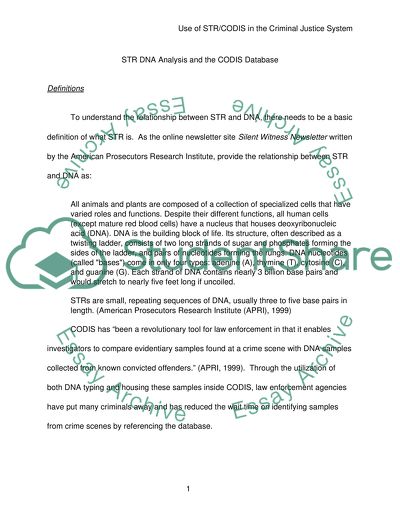Cite this document
(“The Use of STRCODIS in Sexual Assault Investigations Essay”, n.d.)
The Use of STRCODIS in Sexual Assault Investigations Essay. Retrieved from https://studentshare.org/miscellaneous/1521327-the-use-of-strcodis-in-sexual-assault-investigations
The Use of STRCODIS in Sexual Assault Investigations Essay. Retrieved from https://studentshare.org/miscellaneous/1521327-the-use-of-strcodis-in-sexual-assault-investigations
(The Use of STRCODIS in Sexual Assault Investigations Essay)
The Use of STRCODIS in Sexual Assault Investigations Essay. https://studentshare.org/miscellaneous/1521327-the-use-of-strcodis-in-sexual-assault-investigations.
The Use of STRCODIS in Sexual Assault Investigations Essay. https://studentshare.org/miscellaneous/1521327-the-use-of-strcodis-in-sexual-assault-investigations.
“The Use of STRCODIS in Sexual Assault Investigations Essay”, n.d. https://studentshare.org/miscellaneous/1521327-the-use-of-strcodis-in-sexual-assault-investigations.


